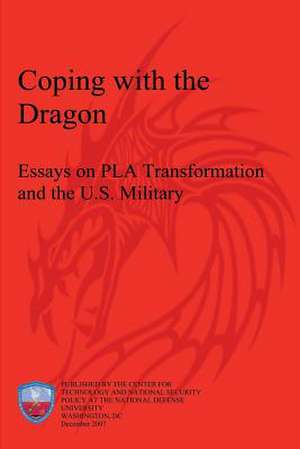Coping with the Dragon
Autor National Defense University Contribuţii de Neyla Arnas, Tai Ming Cheungen Limba Engleză Paperback
Preț: 122.50 lei
Nou
Puncte Express: 184
Preț estimativ în valută:
23.45€ • 25.48$ • 19.71£
23.45€ • 25.48$ • 19.71£
Carte disponibilă
Livrare economică 31 martie-14 aprilie
Preluare comenzi: 021 569.72.76
Specificații
ISBN-13: 9781478192107
ISBN-10: 1478192100
Pagini: 158
Dimensiuni: 152 x 229 x 9 mm
Greutate: 0.22 kg
Editura: CREATESPACE
ISBN-10: 1478192100
Pagini: 158
Dimensiuni: 152 x 229 x 9 mm
Greutate: 0.22 kg
Editura: CREATESPACE
